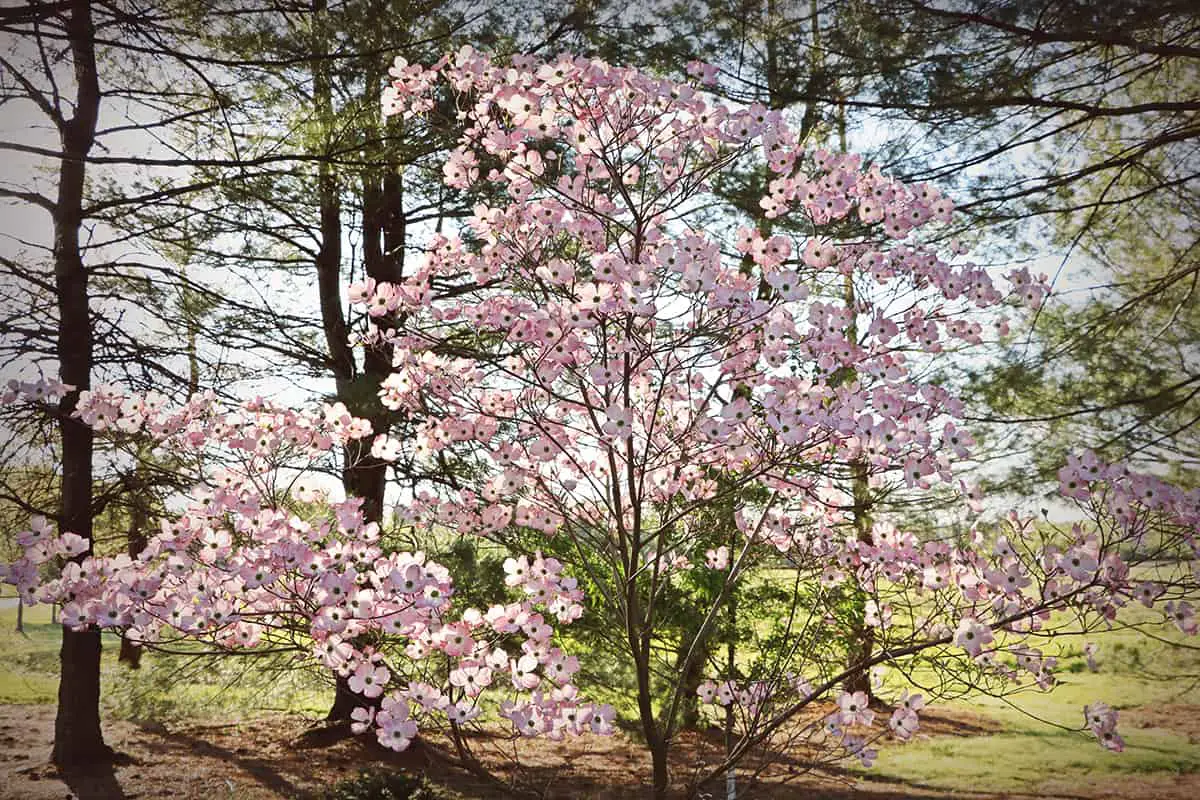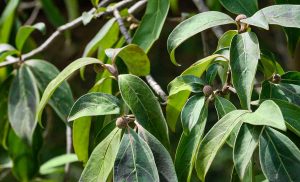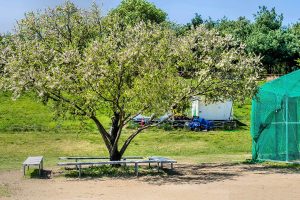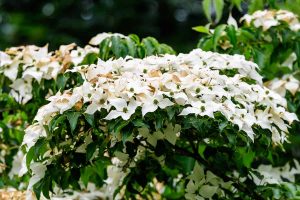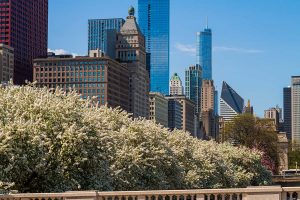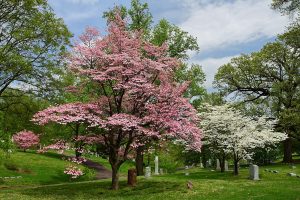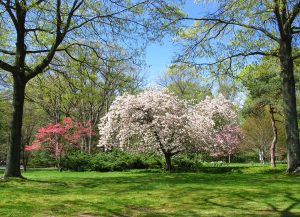Dogwood trees belong to the Cornaceae family, which comprises a wide range of dogwood shrubs and trees. Dogwood trees are a type of flowering tree, though the species and variety of the dogwood tree will determine the time of year which is expected to bloom, as well as how long it will remain in bloom for. Here we look at the blooming time of dogwood trees according to type.
Table of Contents
Are Dogwood Trees Early Bloomers?
In general, dogwood trees are early bloomers. Most types of dogwood signal the beginning of spring in many climates, with flowers emerging on the branches before the leaves have had a chance to appear. However, there are exceptions to this rule, and there are some varieties of dogwood, such as the Kousa dogwood (Cornus kousa), which do not bloom until summer.
Dogwood trees can be categorized according to their blooming time, of early season, mid season, and late season. Even late-season blooming dogwood trees will still bloom early in the year compared to many other flowering trees and shrubs, however, they are considered late blooming in comparison to other dogwoods which bloom as much as 3 or 4 months earlier.
Dogwood Blooming Times
The expected blooming time of a dogwood tree varies according to the type of dogwood. These are a general guide, and of course the exact time a dogwood tree blooms can be affected by other factors, such as climate conditions, and the type of care it receives.
Early Season Blooming Dogwood Trees
Flowering Dogwood (Cornus florida)
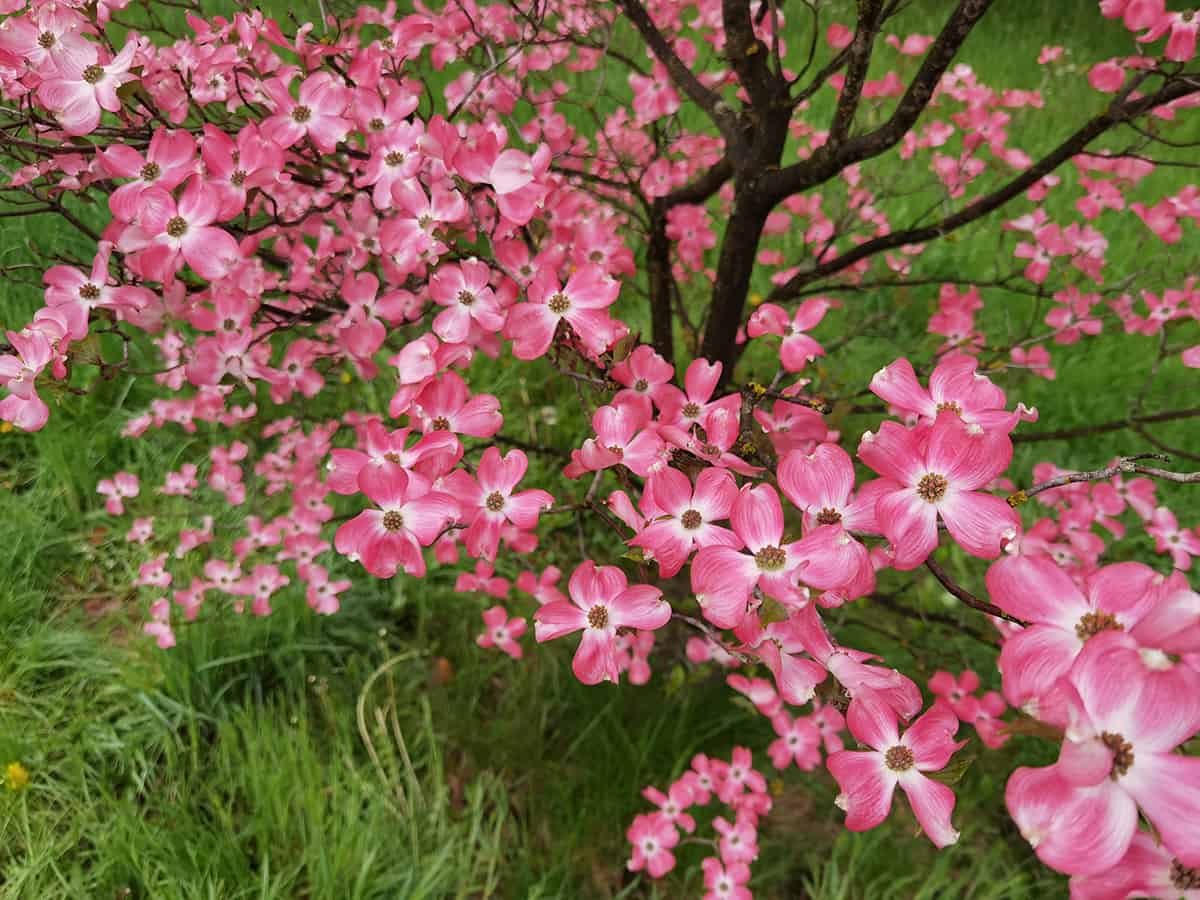
The Flowering dogwood tree is native to eastern North America, where it is found growing from Ontario in Canada, throughout the eastern United States, and into northern Mexico. It is an early blooming species, with flowers emerging at the tips of the bare branches before any of the foliage has appeared.
The flowers of the Flowering dogwood will typically bloom at the beginning of spring, and they can remain on the tree for several weeks. Some of the ‘Cherokee’ varieties of this species are able to stay in bloom for as long as 8 weeks, through all of spring and right into summer. In the eastern United States, the arrival of flowers on the Flowering dogwood tree signals the arrival of spring. It is closely linked to Easter, and blooms at the same time as the Christian holiday.
Cornelian Cherry (Cornus mas)
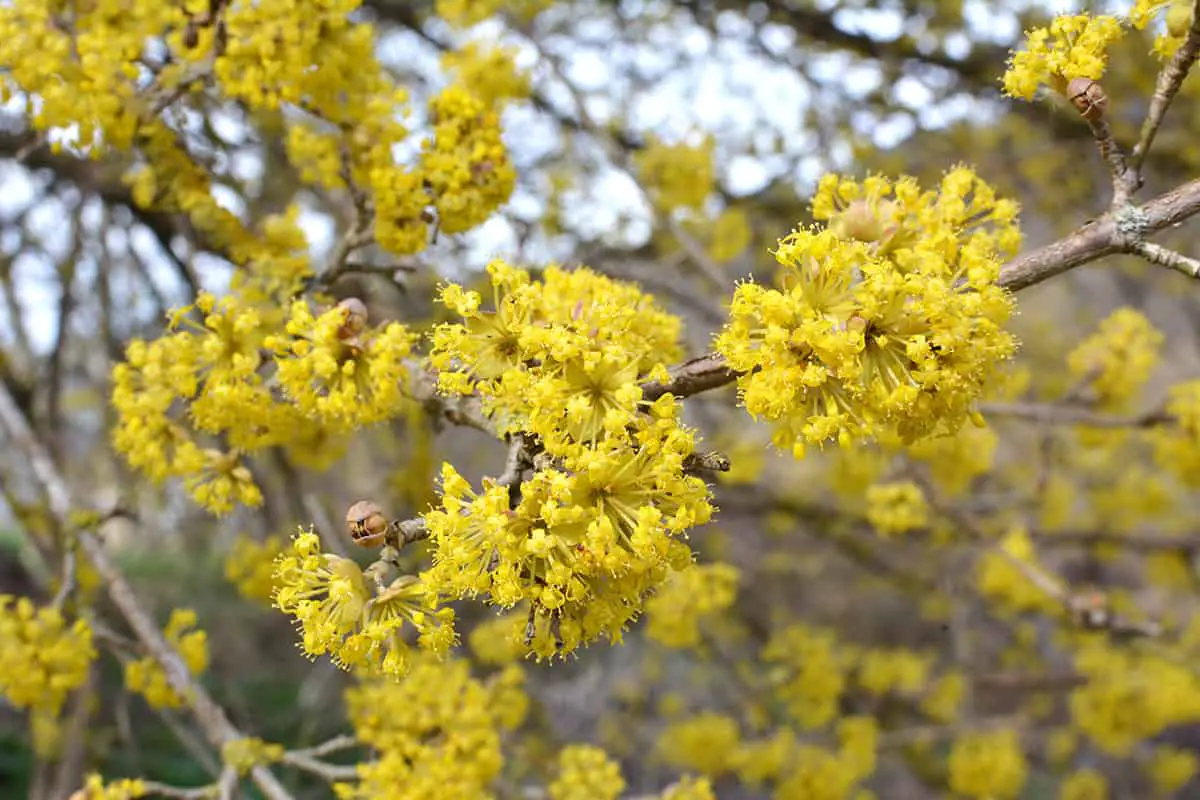
The Cornelian Cherry tree is native to Asia and southern Europe. It is the earliest of all dogwood trees to bloom, with flowers emerging towards the end of winter and into early spring.
The flowers are small and bright yellow, appearing in dense clusters all along the lengths of the bare branches. The flowers remain in bloom for several weeks, giving way to fruits which closely resemble cherries in midsummer.
Pink Flowering Dogwood (Cornus florida f. rubra)
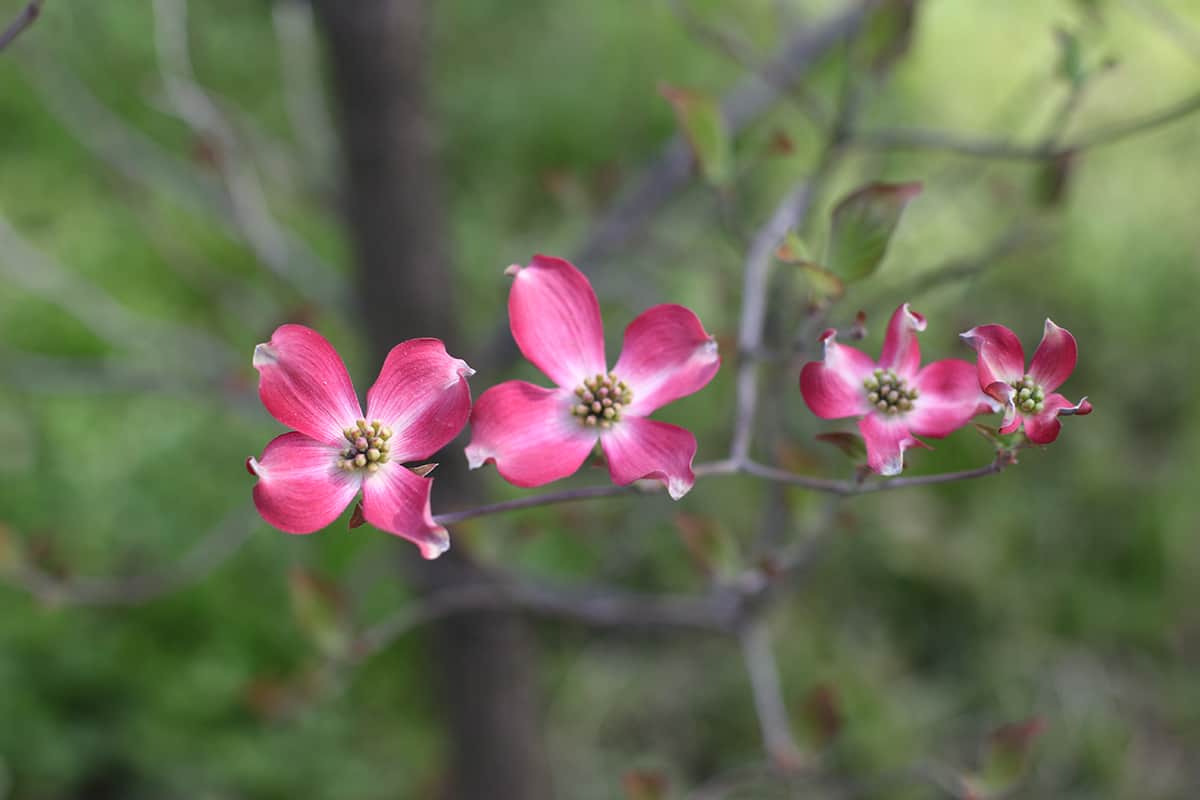
The Pink Flowering Dogwood is a stunning ornamental tree which shares a lot of physical attributes with the cherry tree (prunus sp.). The pink flowers of this tree arrive on bare branches at the beginning of spring, before any leaves have made an appearance.
They remain on the tree throughout April and into May, creating a vivid floral display. The flowers are replaced by orange-red glossy berries in the middle of summer, and these can remain on the tree right through to fall.
Mid-Season Blooming Dogwood Trees
Pacific Dogwood (Cornus nuttallii)
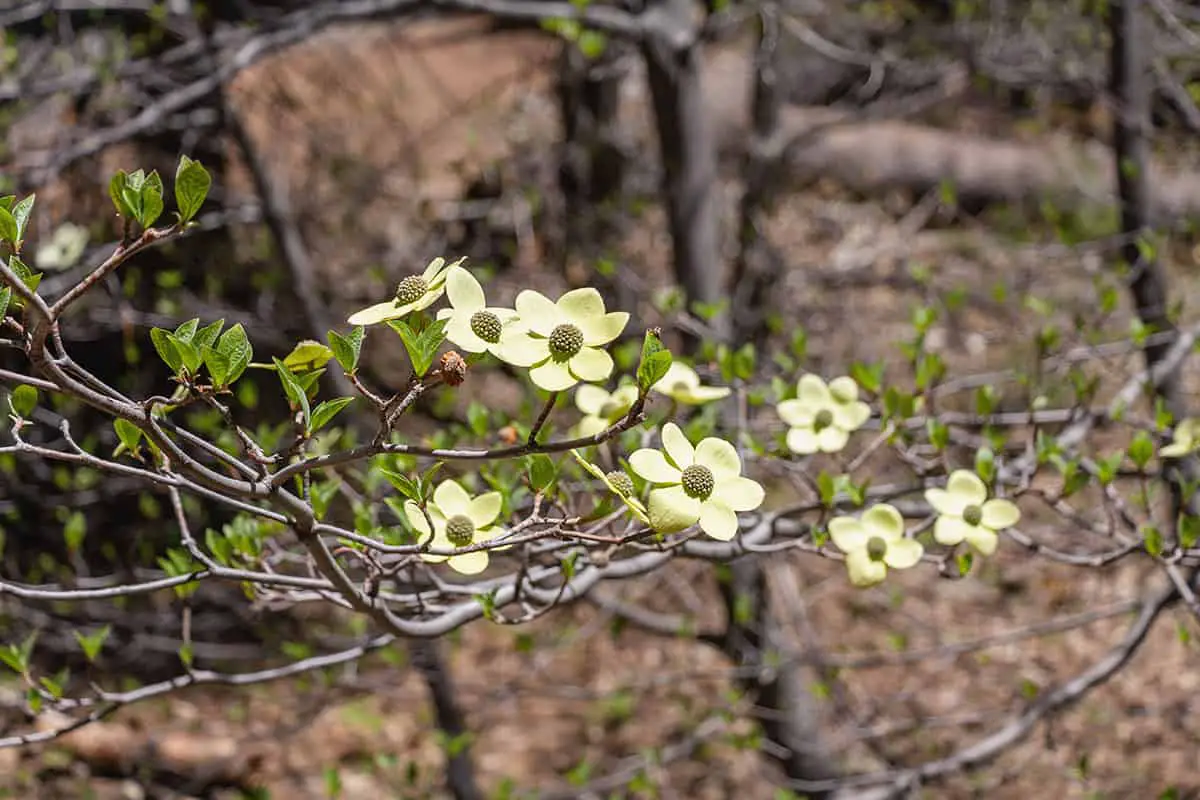
This is a North American native dogwood, growing in British Columbia, western Canada, down to California in the United States. It is a mid-season bloomer, sending out flowers in the middle of spring. The flowers are large and showy, measuring around 4 to 5 inches across.
They have bracts which act as petals, and these are a creamy white color, and set in a rounded star shape. Flowers are held singularly at various points along the lengths of the branches, as opposed to being held in clusters which is common amongst most types of dogwood. The flowers remain in bloom for several weeks, through to the middle of summer. They are followed by orange-red fruits which are popularly devoured by local birds.
Roughleaf Dogwood (Cornus drummondii)
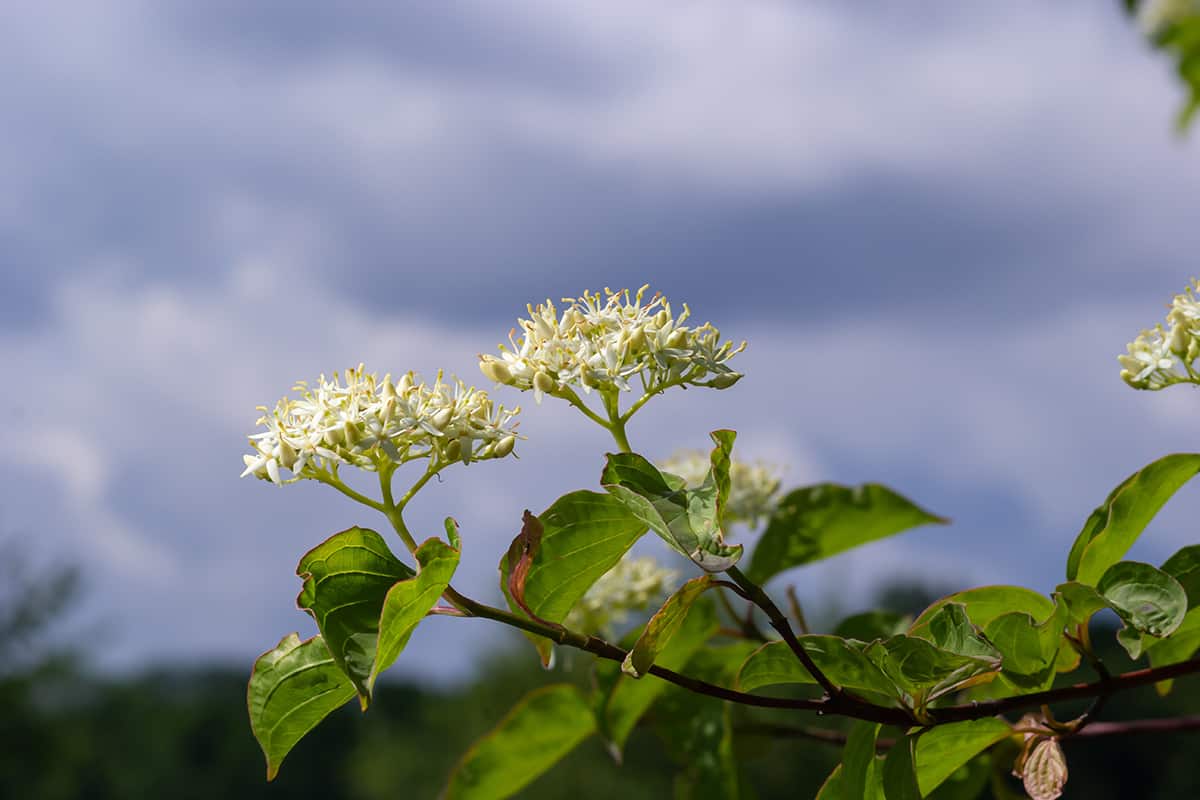
The Roughleaf dogwood is a very small tree, native to eastern North America. It reaches no more than 15 feet in height, and is named for the rough texture of the surface of its foliage. This tree blooms in the middle of spring for several weeks into early summer. The flowers are dainty and have a wildflower garden appeal. They are held in dense clusters with a flattened top, at the tips of the tree branches.
Each flower is very small, with a pale yellow color, though the overall effect is quite showy since the clusters are a significant size. The flowers are replaced with fruits towards the end of summer, in the form of white berries. The berries are popular amongst birds, but they are especially attractive to songbirds, which flock to the Roughleaf dogwood in huge numbers.
Swamp Dogwood (Cornus foemina)
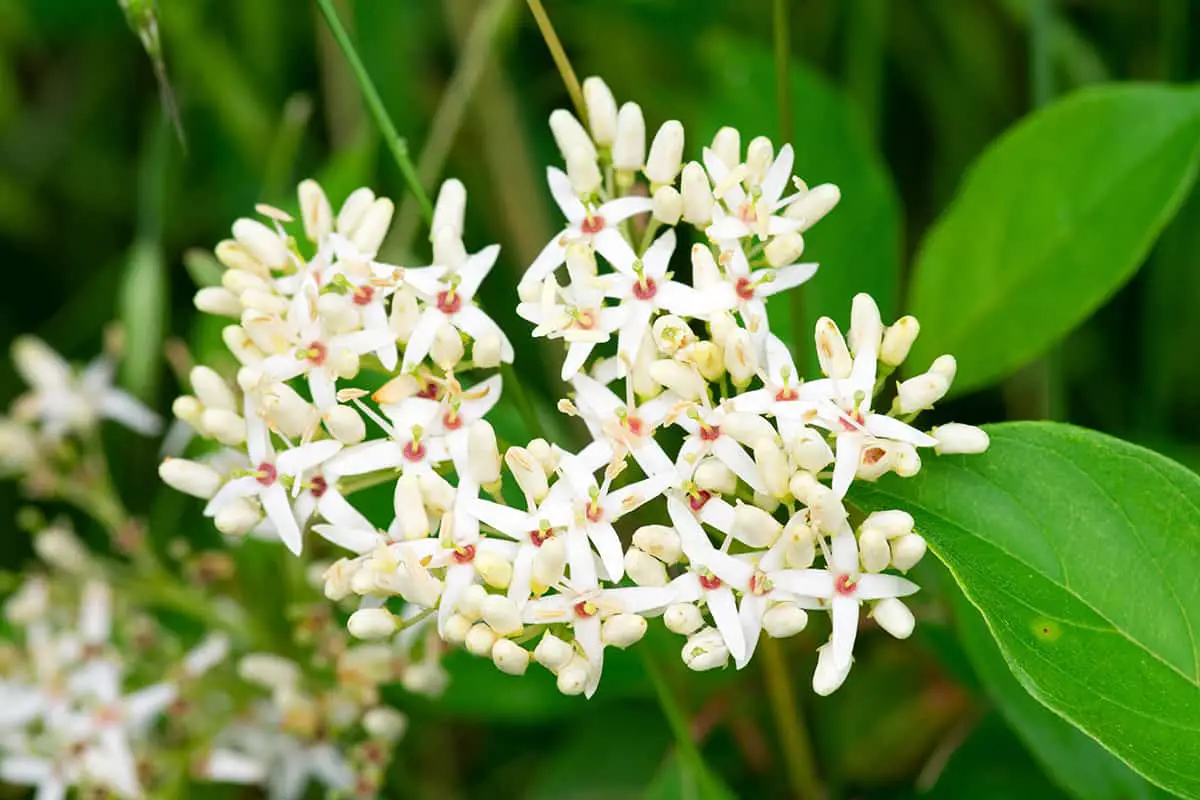
The Swamp dogwood grows natively in boggy regions throughout the eastern and southeastern United States. It blooms in the middle of spring with dense clusters of tiny white flowers which are held on the tips of branches.
The flowers bloom for 2 to 3 weeks, and attract a range of pollinators including butterflies. In mid to late summer, the flowers are replaced by blue-black berries which can adorn the tree right into fall.
Late Season Blooming Dogwood Trees
Kousa Dogwood (Cornus kousa)
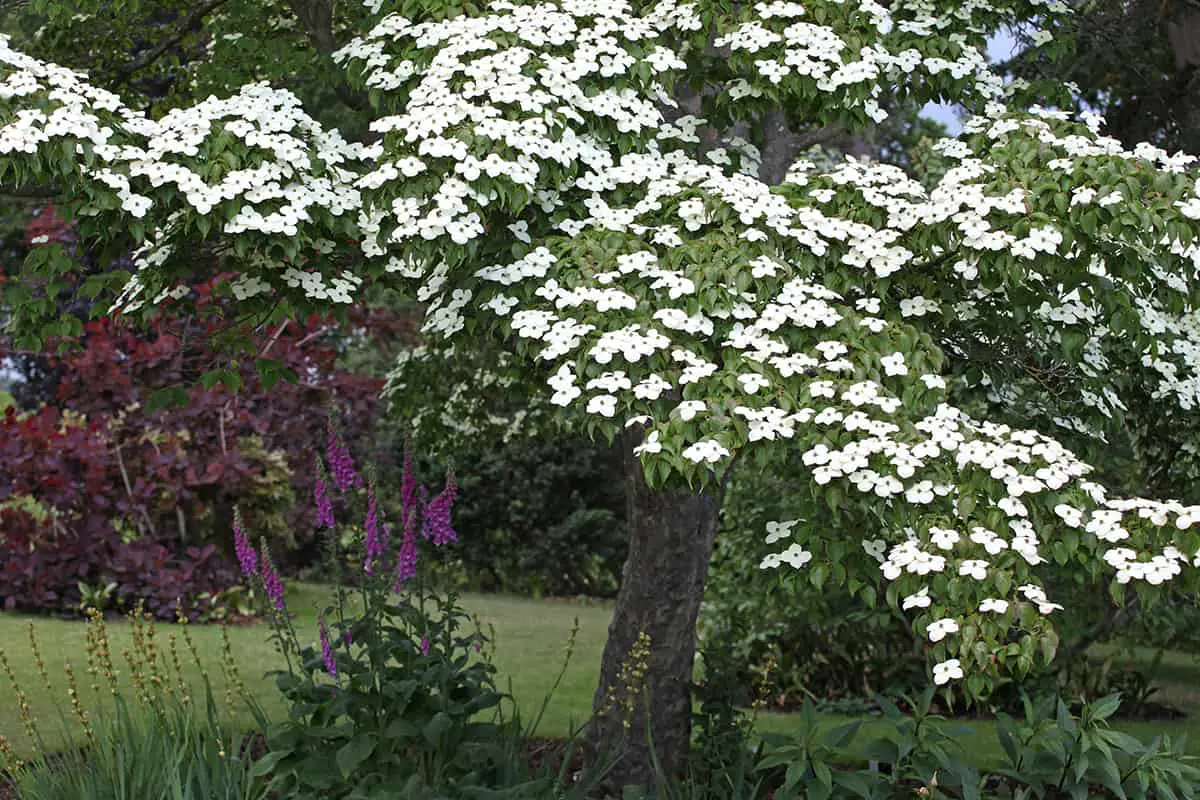
The Kousa Dogwood is one of the last dogwood trees to bloom, with the flowers unusually appearing after the leaves have already unfurled.
The white flowers of the tree will emerge towards the end of May and into June, in a flat star shape, which contrast nicely against the green foliage. These give way to fruits in late summer, which look like spherical versions of strawberries. This tree is native to Asia, namely China, Japan and Korea.
Gray Dogwood (Cornus racemosa)
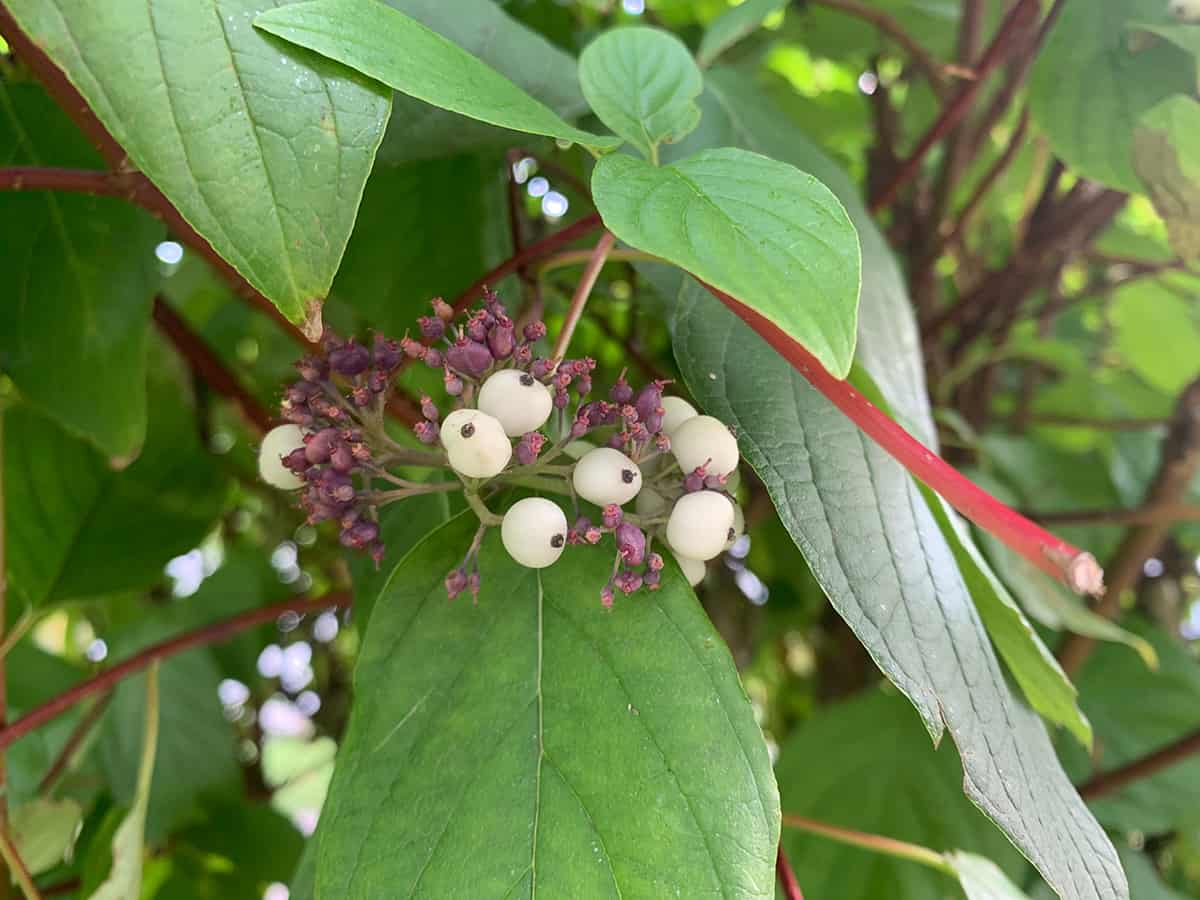
The Gray Dogwood blooms towards the end of spring and into summer, with dense flattened clusters of tiny white flowers. The flowers themselves are not especially showy, however, they are held on red stems which contrast vividly against the green foliage and white blooms.
The flowers are followed by white berries which dangle from the red stems, and even once the berries have dropped from the tree or been eaten by birds, the red stems remain to add an additional layer of interest.
Wedding Cake Dogwood (Cornus controversa)
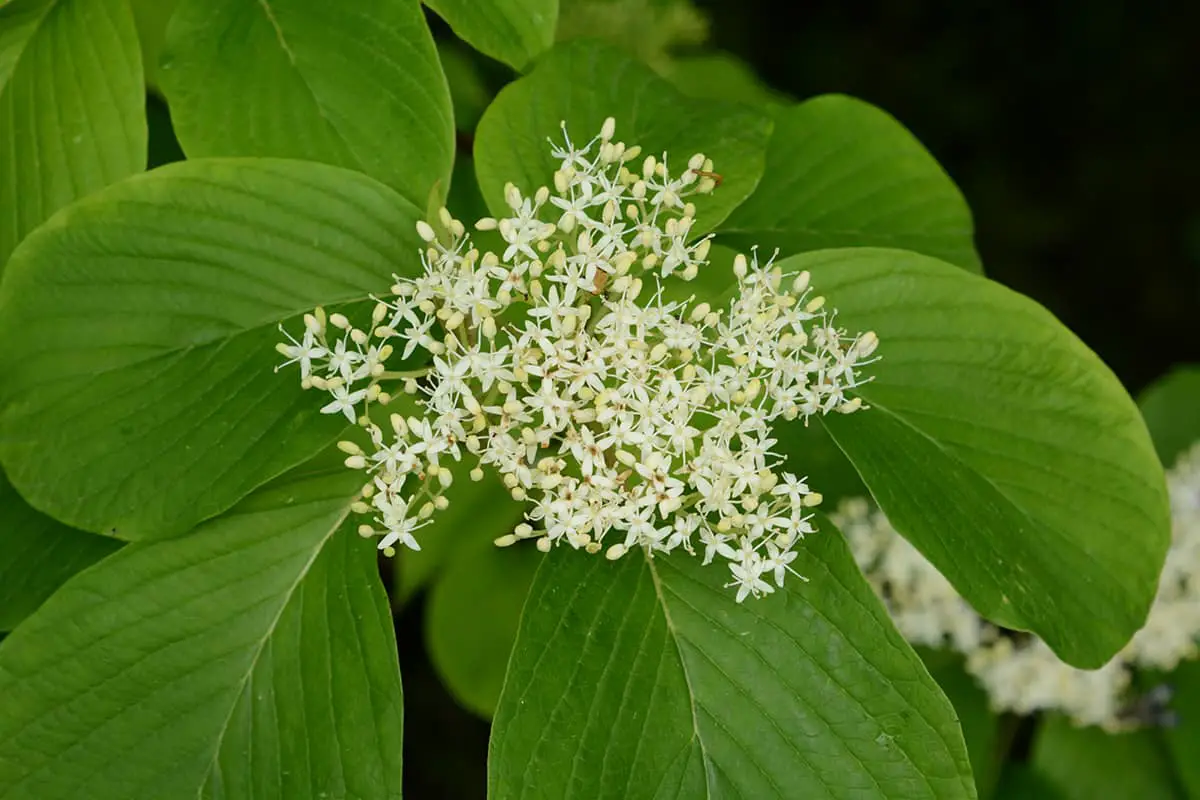
This is a small dogwood tree which is also commonly known as the Giant Dogwood, because it is the largest of all dogwood trees at a typical height of around 40 feet. It blooms at the end of spring and into summer, with small cream-colored flowers held in flattened clusters all along the lengths of the branches.
It is known to bloom in such abundance that the entire canopy appears to be completely covered in pretty cream blossoms. The flowers are followed by clusters of small, black berries which appear towards the end of summer. This tree has received the Award of Garden Merit from the Royal Horticultural Society, for its notable attributes.
